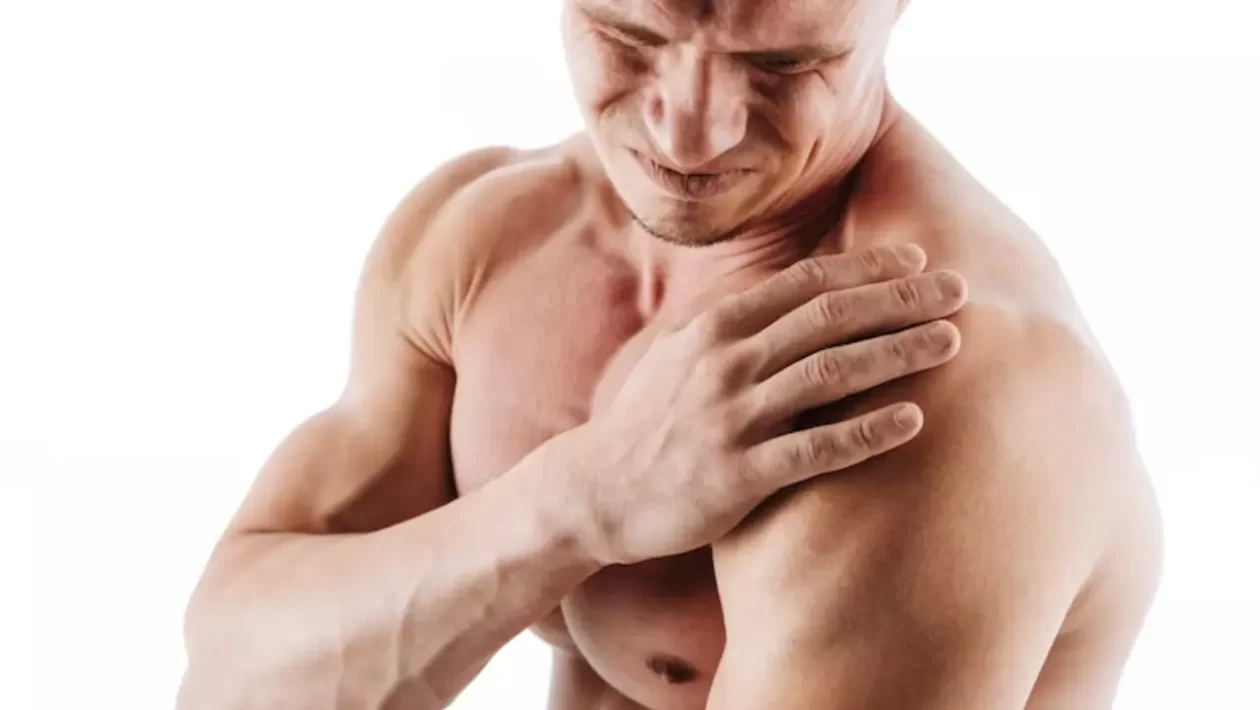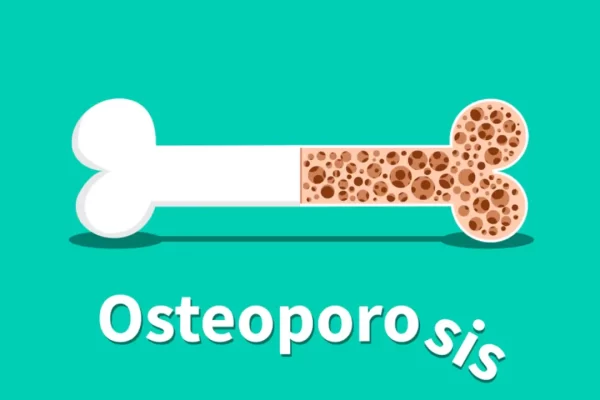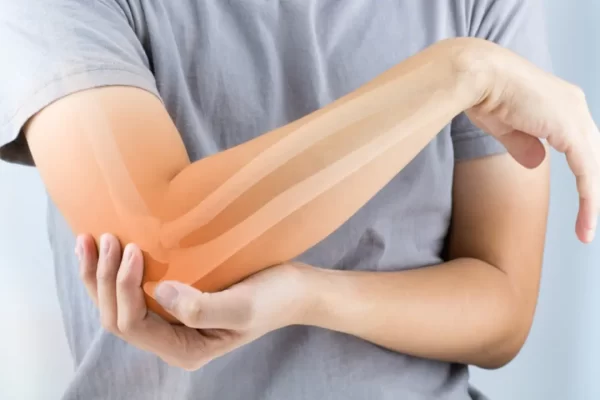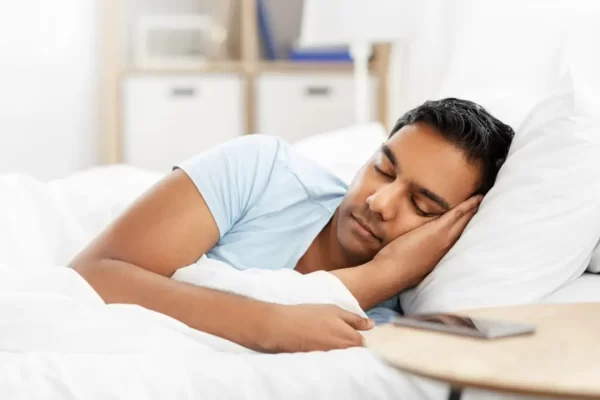Muscle spasm
Muscles are complex structures that cause movement in the body. There are three types of muscle in the body:
- Heart muscle pumps blood (cardiac muscle).
- Skeletal muscle moves the external body parts, like the arms and legs, neck, back, trunk, and the face.
- Smooth muscle moves portions of hollow structures inside the body. Examples include the muscles that line the esophagus, stomach, and intestines, muscles that line large arteries, and the muscles of the uterus.
Muscle spasm facts
- Spasms can affect many different types of muscles in the body, leading to many different symptoms.
- Spasms of skeletal muscles are most common and are often due to overuse and muscle fatigue, dehydration, and electrolyte abnormalities. The spasm occurs abruptly, is painful, and is usually short-lived. It may be relieved by gently stretching the muscle.
- If muscle spasms are especially painful, if they do not resolve or if they recur, medical care should be accessed to look for other possible underlying causes.
- Smooth muscles that are within the walls of hollow organs (like the colon) can go into spasm, causing significant pain. Often this pain is colicky, meaning that it comes and goes. Examples include the pain associated with menstrual cramps, diarrhea, gallbladder pain, and passing a kidney stone.
- A special form of muscle spasms are the dystonias where an abnormality perhaps exists with the chemicals that help transmit signals within the brain. Examples include torticollis and blepharospasm. Treatment may include medications to help restore the neurotransmitter levels to normal and Botox injections to paralyze the affected muscle and relieve the spasm.
To Read More Fitness Blogs.




